
Melanoma in Situ – My Experience

*This post contains images of my stitches post melanoma in situ removal – please do not scroll if you do not wish to see them*
Having recently been dianogsed with melanoma in situ, I know that being given this diagnosis or indeed waiting for the results of a mole biopsy can be a very worrying and stressful time. Whilst waiting for my results, I googled A LOT, and in hindsight this probably wasn’t a very good idea – all the stories and case studies I came across were from those who had experienced much more severe cases of melanoma or skin cancer, and as a result, reading these stories didn’t help me, but simply heightened my anxiety. I am now coming to the end of my treatment for melanoma in situ, with my final stitches being removed next week; and therefore I thought it may be helpful to share my experience for others who may be wondering what to expect.
My Melanoma in Situ Experience
I have always been ‘moley’ for as long as I can remember. As a teenager, I always joked with my friends that my back was a little bit like a dot to dot, with moles scattered pretty much over every part of my back and shoulders. I have a substantial number of moles, far more than most of my friends, many of which are larger than what would be classed as ‘the norm’ but it’s just the way I have always been. Although I have never been a fan of my moles (wearing a dress with a low cut back for example was never really an option), I learned to accept them – to realise that they were part of who I was and as such, I didn’t really give them a second thought. I tried hard to look after my skin, always wore sun lotion, and bar the odd stupid moment in my teenage years where I applied carrot oil (for my sins!) I would like to say I’d been fairly proactive in keeping myself safe in the sun.
When I started couch to 5k this time last year in an attempt to get fit, I started to experience some itching on a mole on my back. It was large, but as far as I was aware it always had been – although it’s hard to know for sure when it’s o an area I can’t easily see for myself. I convinced myself that the itching was just from where my running vest was rubbing and causing friction as I ran, but decided to mention it in passing at another routine GP’s appointment.
He took a look at the mole and said whilst it was very hard to tell, my mole did meet quite a few of the classic ‘signs’ for melanoma, and that whilst lots of benign moles also share some of these elements, he wanted to refer me to a dermatologist to be on the safe side. At this point I wasn’t particularly concerned, as I took the view that my GP was simply airing on the side of caution. I went along to the dermatologist without too much worry.

The dermatologist looked at my mole with a special magnifying glass, and said that it was clearly large (measuring 10mm across) and that anything over the size of a pencil head was classed to be a potential concern and could be a melanoma or melanoma in situ. It also had an irregular border and wasn’t symmetrical. He decided that due to some of these factors it was best to have the mole removed, as there was a slight concern that it could be melanoma in situ.
Obviously hearing those words set me off into a bit of a panic. I lost my Mum to cancer in 2014, and anything relating to the Big C made me incredibly anxious. The consultant reassured me that even if it was melanoma in situ, that an operation would remove the cancerous cells and that they would not be given opportunity to spread. A few weeks later I went to have my procedure at my local hospital.

Mole Removal – What to Expect
There are a few different options for mole removal depending on the size and scale of your mole and some consultants may take a biopsy without removing the entire mole however in my case, the entire ‘nevus’ was removed over local anaesthetic.
Despite being very nervous before the procedure, it was actually quite a straight forward and calm experience. I was asked to lie on my front (due to the location of my mole) and was injected with some local anaesthetic (a few small needles around the area in which he was going to operate).
After the anaesthetic had taken effect, I wasn’t able to feel any of the process at all, just some movement on my back as he performed the excision. The process took no more than 30 minutes from start to finish and there was a nurse on hand to check I was ok, and talk to me throughout the procedure.
Due to the size of my mole, I did require a number of stitches and these stayed in for two weeks following the procedure. The wound was dressed with a large dressing which had to be kept on (to keep the area clean and dry) for two days following the procedure, after which the dressing could be removed and I could shower as normal (ensuring that the water wasn’t directly hitting the area). To keep the area clean and reduce the risk of infection, I washed it daily with warm water and applied Vaseline to the area – this is recommended to prevent it scabbing around the stitches, and makes it far less painful when it comes to having them removed.
Whilst I did experience some mild discomfort following the procedure, this was very manageable with paracetamol as required. For me personally, the most challenging part of the recovery was the location of the wound itself. My mole was on an area of my back with not a lot of flesh (ironically pretty much the ONLY part of my body I can say that about!!) and as such it was quite uncomfortable to lie or sit leaning on my back. With a toddler who still breastfeeds during the night, I also had to be very careful not to lift her in the first couple of days following the procedure, and so my partner was on hand to help during night feeds and anything physical.
The stitches themselves can feel quite sharp, and tended to poke out through my clothes a little. They can also itch a a lot as the wound starts to heal, so resisting the urge to try and scratch them can be pretty frustrating!
Below is a picture of my scar as it is today (post melanoma in situ removal with four stitches left to remove).

Waiting for the Results
Waiting for the results to come back was by FAR the worst part of the experience, and those two weeks (in my case) felt like absolute torture, compounded by the fact that my procedure took place just before Christmas, and as such inevitably lead to a bit of a delay. When I returned to the hospital to have my stiches out just after the Christmas holidays, the results hadn’t yet arrived, and my consultant very kindly chased as he could see I was getting myself in a bit of a state.
I hadn’t slept AT ALL the night before, worrying about what they would say, what would happen if it was a high graded melanoma, what treatment would be involved etc – the list goes on.
I have no real advice on how not to do this, except that worrying doesn’t change anything. The results will be what the results will be, and the important bit to remember is that at least you have identified a potential issue and removed it, and this is far preferable to not knowing at all.
Melanoma in situ diagnosis
My consultant cut to the chase very quickly, by saying that although my results were not benign, it was the best news we could hope for in terms of skin cancer diagnosis. A melanoma in situ. Melanoma in situ is effectively like a pre-cancer, where the cancerous cells are contained to the surface of the skin, and thus have no opportunity to spread to other areas of the body or the lymph nodes.
As a precaution however, they do recommend what is called a wider excision, whereby another area 5m around the existing excision is taken and sent away for testing. This is to ensure that no other in situ cells have moved away from the original mole placement, and my consultant advised that he was 99% certain that this would come back clear.
On Wednesday I headed back to the hospital to have the first half of my stitches removed, by which point the results of the skin taken at wider excision were available. Despite being told it was highly unlikely there would be anything bad to report, I did breath a huge sigh of relief when he told me that the results had come back clear. I will now go back to having annual skin checks to review the other moles on my body, and in the meantime need to be cautious about monitoring any changes in size, colour or shape. Due to the location of the majority of my moles, I will be asking my partner to photograph them once a month, so that I can visually check for any changes.
Overall I feel incredibly lucky that my melanoma in situ was caught early, and thankful that I went to get myself checked. I have no idea how long that mole had been the way it was, and therefore no idea how long it could have taken to progress to something worse. As such, if you have ANY moles at all that you are concerned about I urge you to go and have them checked – for peace of mind if nothing else. My view now is that I am glad it was caught, glad I learned about it and glad that the mole has now been taken away.
Obviously going forward I will need to be vigilant, very careful in the sun, and keep a close eye on my overall skin health, but I feel very lucky that my diagnosis was not more severe.
If you are reading this and going through something similar, have recently had a melanoma in situ diagnosis or have any questions you’d like to ask, please feel free to comment or message me and I will get back to you. I am obviously not a medical professional, but would be more than happy to share further details of my melanoma in situ experience.
Lucy xxx







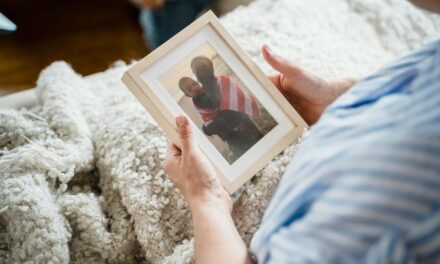





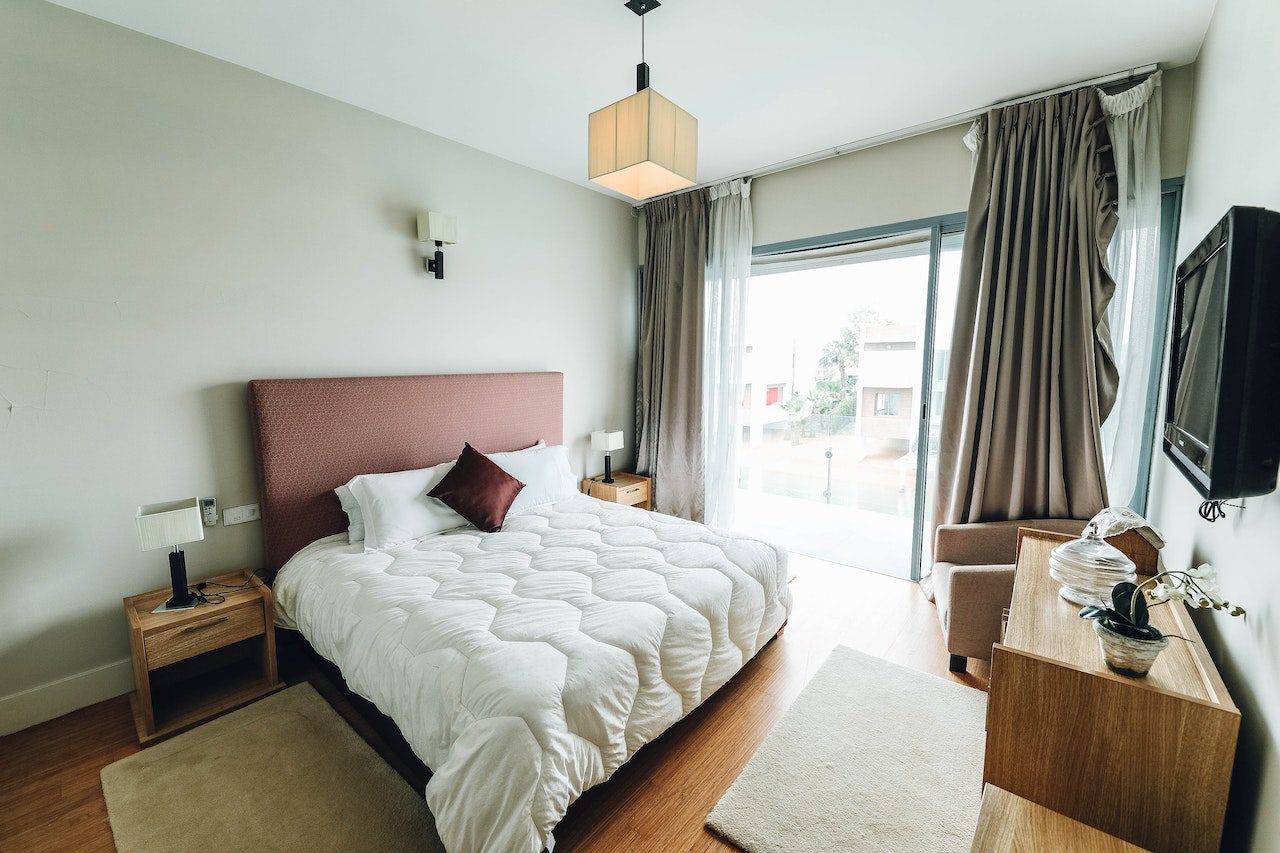

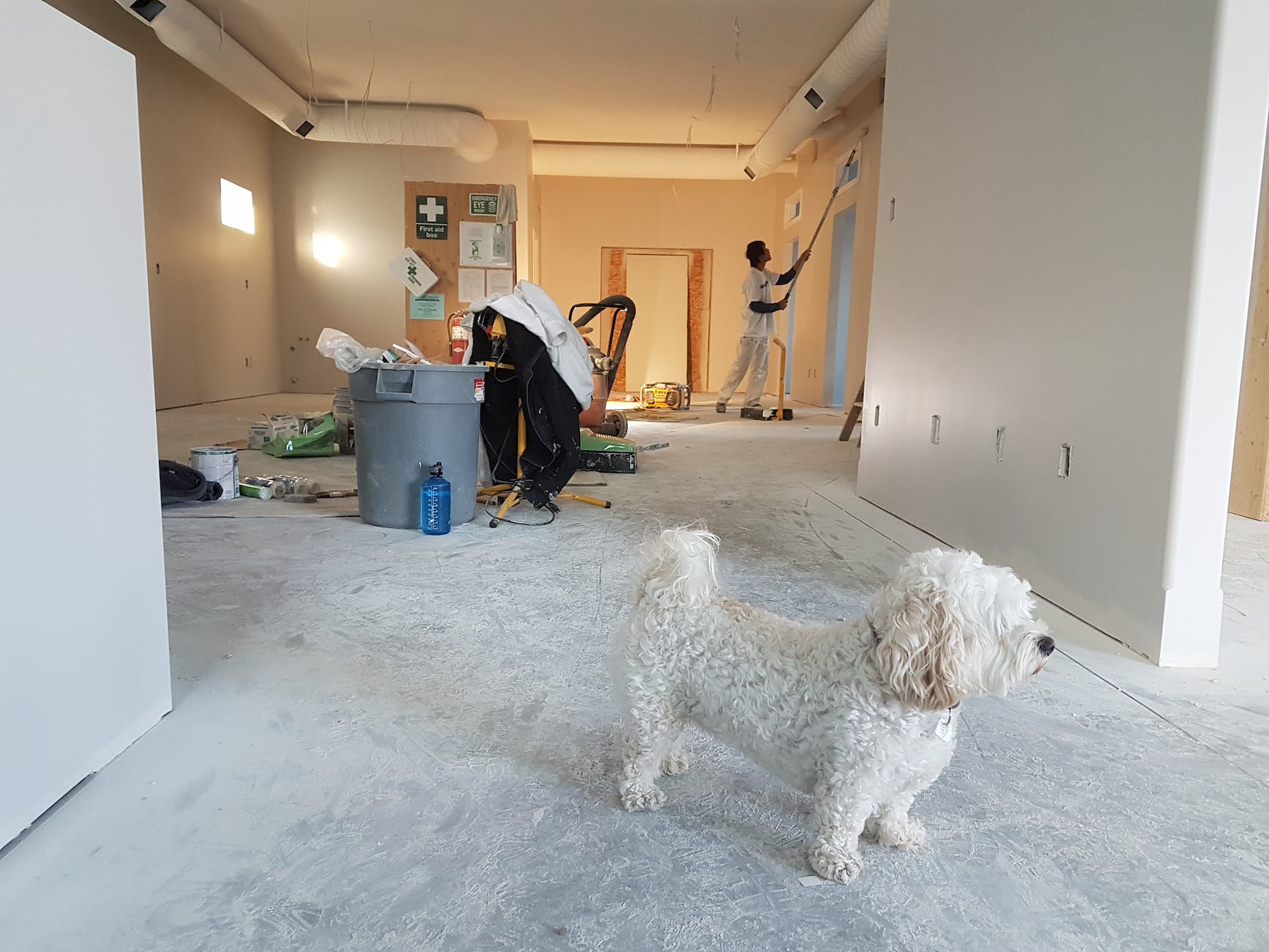


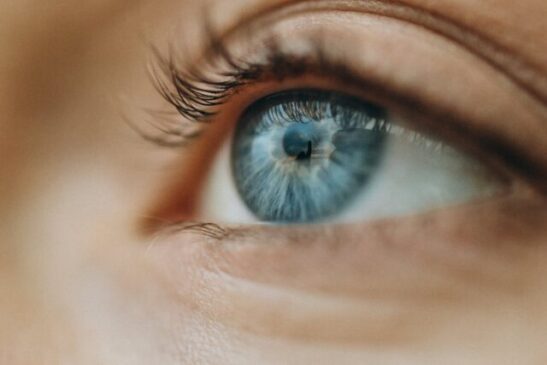









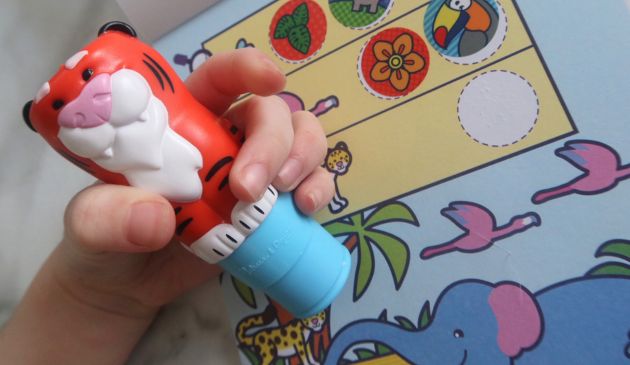








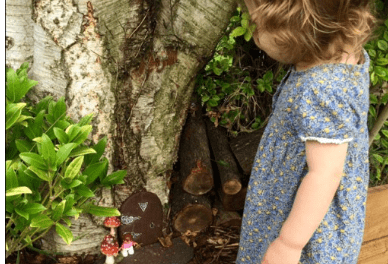





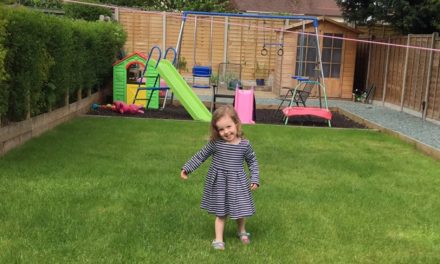







I’m glad you caught this before it got too serious. It’s great to remind people what they need to look out for, as any change in a mole can be a warning sign.
Some years ago, when we lived in Abu Dhabi, one of my husband’s friends was having a drink with us after playing golf with my husband. When he removed his cap, there was a small raw patch on his forehead. I enquired and he told me that it was nothing, just a mole that he had scratched so it was bleeding. I insisted he make an appointment with a dermatologist. It turned out that he had a melanoma that had already started to burrow its way into his flesh, so it was farther progressed than yours was. He had it removed and everything was fine. I was so glad I had insisted he see a doctor, as he had been ignoring it.